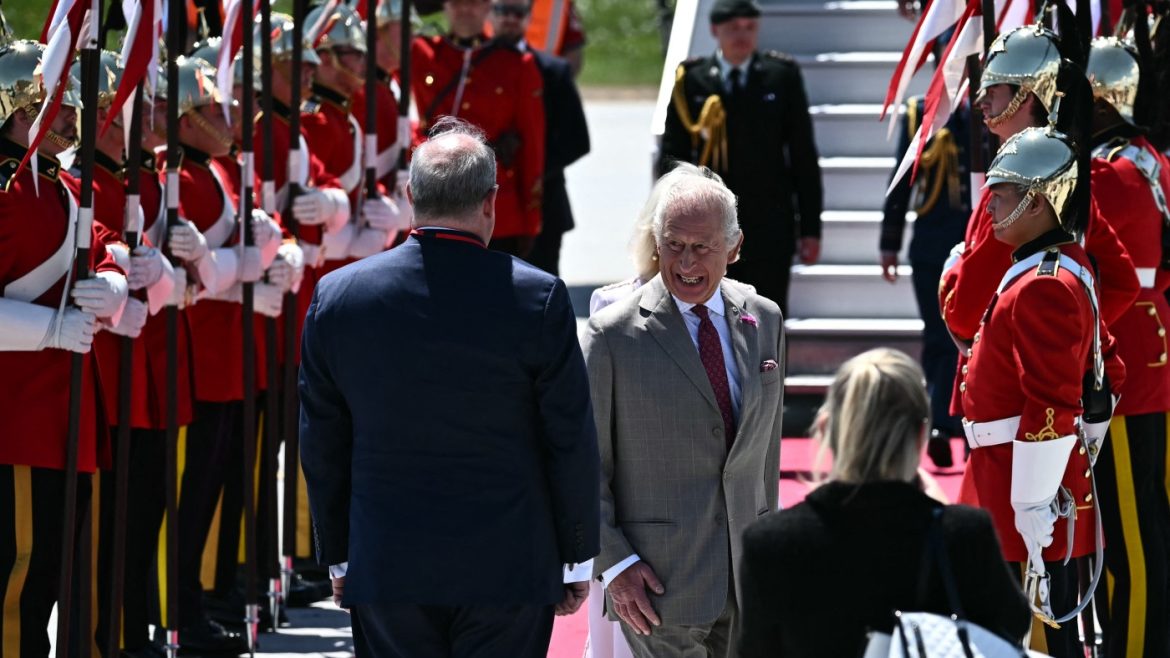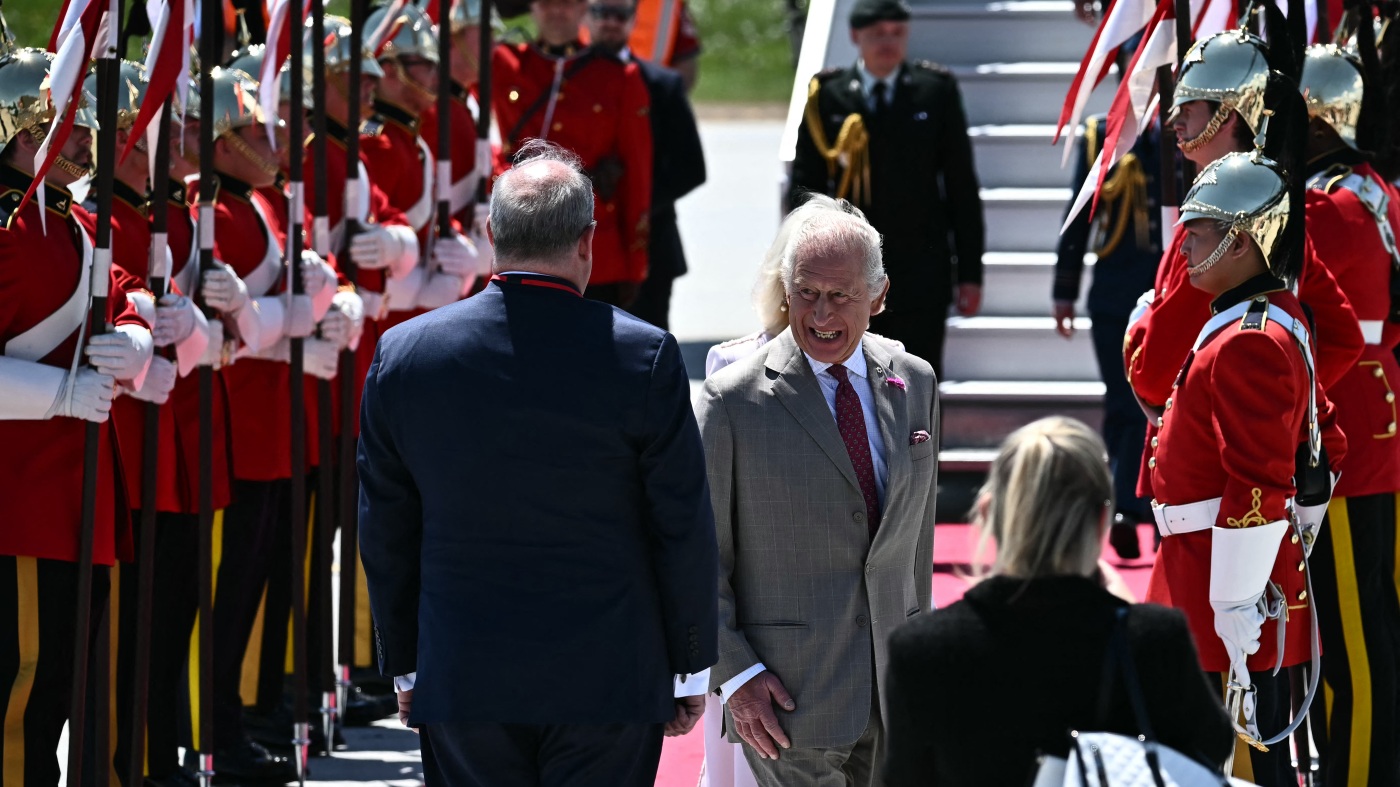Contextualizing King Charles III’s Visit to Canada: A Symbol of Sovereignty in Tumultuous Times
Canada’s recent reception of King Charles III unfolds against a layered political backdrop, marked primarily by escalating tensions with the United States under President Donald Trump. The monarch’s arrival is far more than a ceremonial occasion; it is being interpreted as a strategic assertion of Canadian sovereignty at a moment when the country faces serious challenges to its independence and identity.
The Political Atmosphere: US-Canada Relations Under Strain
At the heart of the visit lies the volatile dynamic between Canada and the United States. President Trump’s presidency has witnessed an unconventional diplomatic posture, with repeated threats undermining Canada’s sovereignty. Most notably, Trump has provocatively suggested the idea of turning Canada into the 51st state of the US—an assertion that has been met with firm resistance from Canadian leadership. This rhetoric culminated in a trade war, further souring the atmosphere and pressuring Canada on multiple fronts, both economically and politically.
Against this backdrop, Prime Minister Mark Carney, newly installed, has embarked on a diplomatic campaign, reaching out to European allies, reinforcing Canada’s global relationships beyond North America. His invitation to King Charles to open Parliament sends a clear, symbolic message: Canada’s allegiance is rooted in its constitutional monarchy and historical ties to the Commonwealth, which act as a counterbalance to US pressures.
King Charles III’s Role: More than a Monarch, a Diplomatic Symbol
King Charles III’s visit takes place at a strategically critical time. As Canada’s official head of state, his presence is imbued with constitutional significance and carries a weighty symbolic resonance. His ceremonial opening of Parliament is not just tradition; it is a public demonstration of support for Canadian sovereignty amid external threats.
Scholars and political analysts have described the King as Canada’s “secret weapon” in this diplomatic standoff, underscoring how the monarchy represents a unifying and stabilizing force for the nation. The visit highlights the continued relevance of the Crown in reinforcing Canada’s separate identity and governance from its more powerful southern neighbor.
The Domestic Dimension: Navigating Voices of Support and Criticism
While the visit has been largely framed as a unifying moment, it has also surfaced a complex spectrum of opinions within Canada. The “chorus of critical voices” includes those who question the monarchy’s role in contemporary Canadian politics, especially given King Charles’s perceived silence on some of the Trump administration’s contentious policies.
This ambivalence reflects broader societal debates in Canada about colonial legacies, the relevance of the monarchy, and national identity in the 21st century. However, the immediate reaction to the visit underscores a prevailing desire among many Canadians to assert their nation’s sovereignty and independence in the face of external pressure.
Diplomatic Implications: Strengthening Bonds and Messaging to Washington
King Charles’s visit serves a dual diplomatic purpose. First, it reassures Canadians and international observers of the country’s continued commitment to its own governance structures and historical roots. Second, it sends a clear message to Washington that Canada refuses to be subsumed or coerced by American political ambitions.
Prime Minister Carney’s invitation to the King and the subsequent meetings with Canadian officials, including the face-to-face engagement between King Charles and Prime Minister Justin Trudeau, reinforce solidarity. This act counters President Trump’s assertions and supports Canada’s stance in the trade disputes and sovereignty challenges.
A Cultural and Symbolic Reaffirmation
Beyond the intricate diplomatic chess moves, King Charles’s arrival has cultural and emotional significance. His presence evokes a shared heritage, underscoring the deep ties between Canada and the Commonwealth realms. This historical connection provides Canada with a unique anchor in global geopolitics, offering an alternative source of legitimacy and alliance beyond its immediate geography.
The royal visit also rekindles public interest and pride in the constitutional monarchy, which some Canadians see as a counterweight to the volatile American presidency and a symbol of stability and continuity.
Conclusion: King Charles III’s Visit as a Defining Moment for Canadian Sovereignty
King Charles III’s visit to Canada emerges as a carefully timed, symbolically charged event that transcends ceremonial duties. Amid fraught relations with the United States, it provides Canada with a visible reaffirmation of its sovereignty and constitutional identity. By opening Parliament and publicly engaging with Canadian leaders, the King plays a pivotal role in a subtle but powerful diplomatic strategy to counterbalance American pressures.
The visit rekindles questions about Canada’s national identity and its place on the world stage—questions that resonate deeply as the country navigates uncertain geopolitical waters. More than a royal journey, this is a moment where history, politics, and symbolism intersect, cementing King Charles III’s role not just as a monarch, but as a beacon of Canadian independence and resilience.


